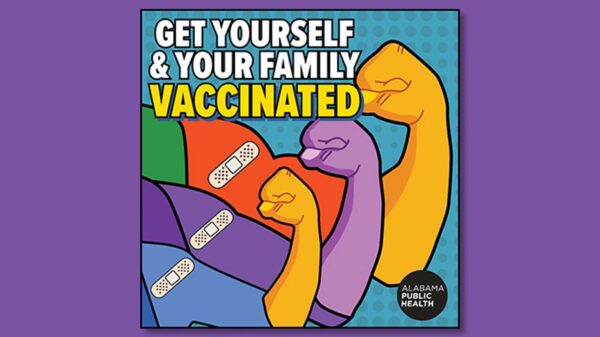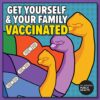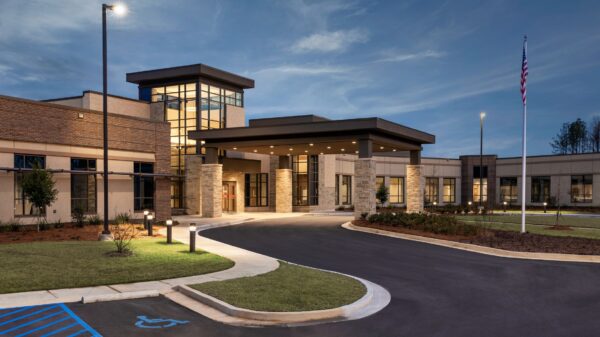Alabama’s COVID-19 case are on the rise again, just as the omicron variant has become the dominant strain in the U.S. The changes have state health experts worried at what may be coming.
Alabama’s uptick comes as the Centers for Disease Control and Prevention on Monday announced that omicron now makes up 73 percent of all new COVID cases nationwide.
“We are a little concerned about how our numbers are trending,” said Alabama State Health Officer Dr. Scott Harris, speaking during an online briefing on COVID held Monday by the Medical Association of the State of Alabama.
The number of Alabamians hospitalized with COVID-19 on Sunday increased by 16 percent from two weeks before, but the 384 people hospitalized with the virus on Sunday were nowhere near the highest point during the state’s last surge of 2,764 on Aug. 19.
{{CODE3}}
“But we just have to wonder what the future holds,” Harris said.
After dipping down to a post-summer surge low seven-day average of new daily cases reported to the Alabama Department of Public Health of 332 on Nov. 29, that figure increased by 152 percent, to 838 on Sunday.
{{CODE2}}
Another marker used to gauge the spread of the virus is the percentage of COVID tests that are positive. Public health experts say it should be at or below 5 percent or there is community spread and cases are going undetected.
Alabama’s seven-day average of percent positivity on Sunday was 7.4 percent after reaching a post-surge low of 4.3 percent on Nov. 19.
{{CODE1}}
“That’s worrisome for us,” Harris said of the percent positivity increase. “And that confirms what we’re seeing with hospitalizations going up, with the daily case numbers increasing.”
Alabama has the third-lowest percentage of residents fully vaccinated against COVID, and the second-highest number of COVID deaths per capita, in the nation, according to the Centers for Disease Control and Prevention.
“For people who haven’t gotten vaccinated yet, you absolutely should do that as soon as possible,” Harris said. “For people who were vaccinated and eligible to be boosted, you absolutely need to get boosted as quickly as possible.”
“We know that it’s at least twice as transmissible as delta, and delta was very transmissible,” Dr. Michael Saag, an infectious disease researcher and physician at UAB, said during the briefing, noting that spikes in cases elsewhere are evidence of the variants ability to spread quickly. “I wouldn’t be surprised if by the first of the year, the vast majority of cases here in Alabama might be omicron.”
Saag said for those with two shots of vaccine there’s about 70 percent chance of a breakthrough infection, but for those who have received a booster shot that chance is reduced to about 30 percent. Troubling though is that an important tool used against the original strain of COVID and the delta variant doesn’t work against omicron.
“The monoclonal antibodies that we’ve been using from Regeneron and from Lily do not work against omicron. That’s a fact,” Saag said. He added that there is another antibody treatment that does work against the variant but it’s not yet in sufficient supplies to battle the new variant.
Saag said early data suggested omicron might not be as aggressive in terms of symptoms and severe illness in unvaccinated people as delta “but we don’t know that yet.” What is clear is that 85 percent to 95 percent of those still being hospitalized and dying from COVID are unvaccinated, he said.
“And then we cringe inside as providers, because we know in our heart that had these folks who we’re taken care of been vaccinated they wouldn’t be in the situation they’re in,” Saag said. “To our perspective, it’s a preventable death.”
With more holiday celebrations coming up both Harris and Saag encouraged the public to take precautions to protect themselves and others.
“If at all possible, for the next four weeks avoid very large crowds, especially if those are indoors. Whenever you’re out I really recommend wearing a mask, especially when you go indoors,” Saag said.























































